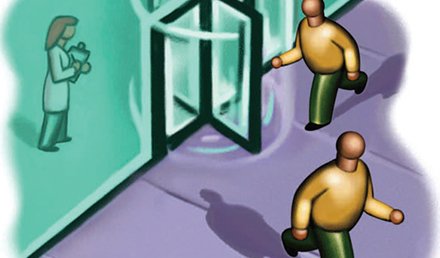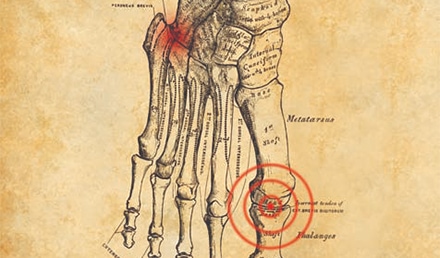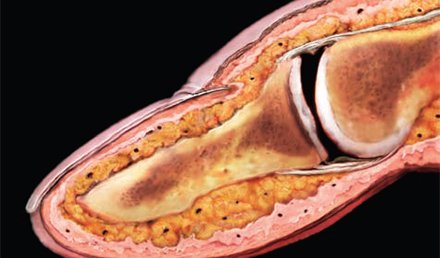In primary care medicine, patients’ symptoms are approached from the “front door;” what are the most likely causes? Urgent care medicine often starts with a “back door” approach; think “worst first,” then proceed backward through the differential after excluding life threatening causes. Urgent care does not have the luxury of an established patient relationship or defined return visit we often have only one chance to get it right! The differential for an urgent care patient …
Read More


